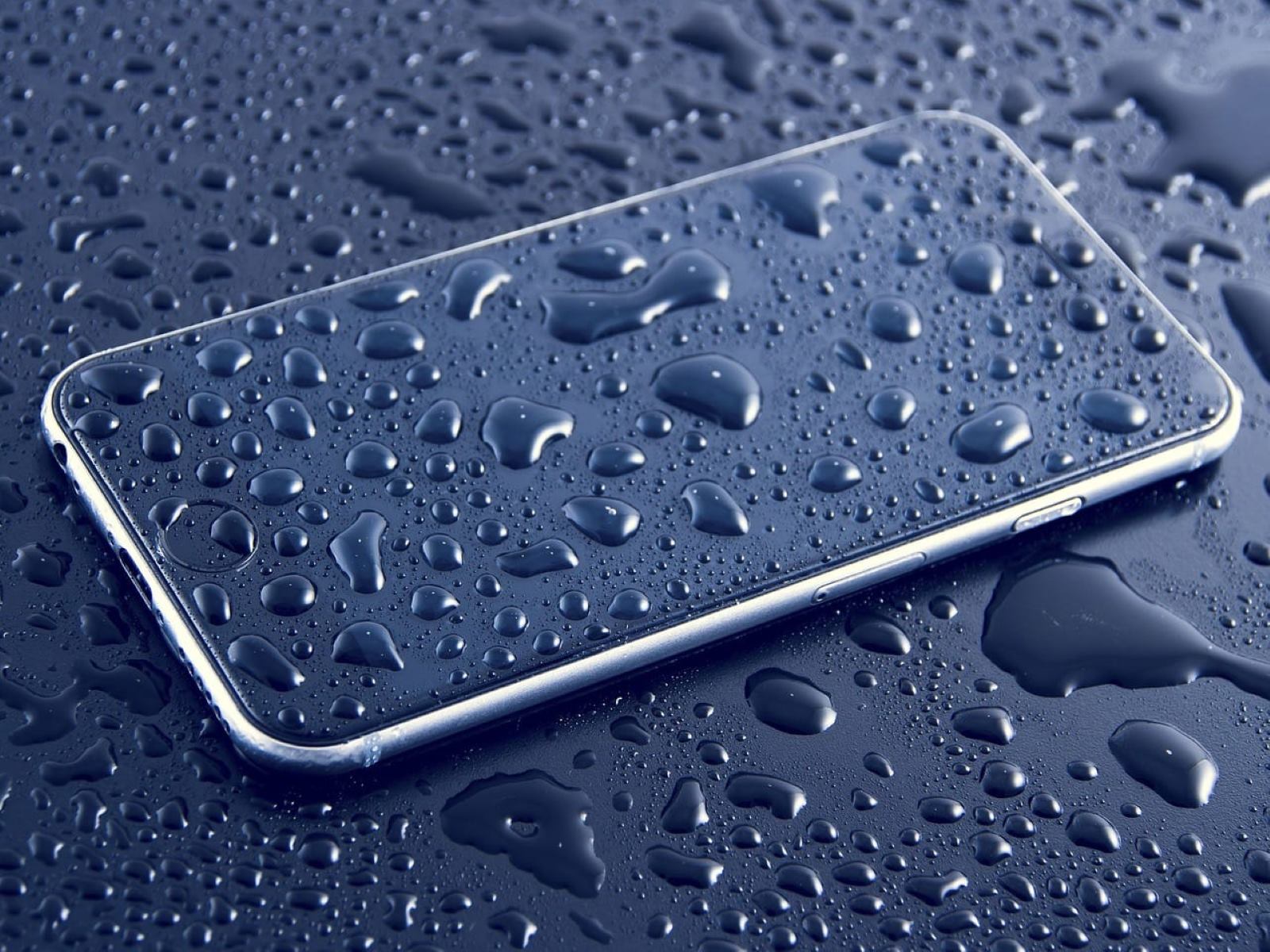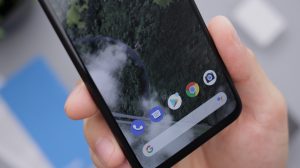Waterproofing Sprays
Waterproofing sprays are a convenient and effective way to protect your phone from water damage without the bulk of a traditional case. These sprays are designed to create a protective barrier on the surface of your device, repelling water and preventing it from seeping into the internal components. Here are some key points to consider when using waterproofing sprays:
- Application: Applying a waterproofing spray to your phone is a straightforward process. Ensure that your device is clean and dry before spraying the product evenly onto the surface. Allow it to dry completely before using your phone.
- Protection: Waterproofing sprays provide an additional layer of protection against water, making them ideal for individuals who frequently expose their phones to moisture, such as outdoor enthusiasts or individuals working in humid environments.
- Compatibility: It is important to check the compatibility of the waterproofing spray with your phone model. Some sprays may not adhere well to certain materials or could affect the functionality of touchscreens or ports.
- Effectiveness: While waterproofing sprays can offer a degree of protection, they may not make your phone completely waterproof. It is essential to follow the manufacturer’s guidelines and not submerge your device in water, as prolonged exposure can compromise the protective barrier.
- Maintenance: Over time, the effectiveness of the waterproofing spray may diminish, especially with regular use and exposure to environmental factors. Reapplication according to the manufacturer’s recommendations is crucial to maintain the protective properties.
Waterproofing sprays provide a practical solution for safeguarding your phone against water damage, offering an alternative to bulky cases while maintaining the sleek design of your device. When used in conjunction with other protective measures, such as being mindful of water exposure and handling your phone with care, waterproofing sprays can be a valuable tool in preserving the longevity of your device.
Liquid Screen Protectors
Liquid screen protectors have emerged as a popular alternative to traditional screen guards, offering a seamless and invisible layer of defense for your phone’s display. Here’s what you need to know about liquid screen protectors:
- Application: Applying a liquid screen protector involves coating the phone’s screen with a specially formulated solution. The liquid is then buffed into the surface, creating a hardened layer that enhances the screen’s durability and resistance to scratches and minor impacts.
- Protection: Liquid screen protectors offer an added level of defense against scratches, smudges, and minor abrasions, helping to maintain the clarity and responsiveness of the display. While they may not provide waterproofing capabilities, they contribute to overall screen protection.
- Compatibility: These protectors are designed to be universally compatible with various phone models, making them a versatile option for users with different devices. However, it’s essential to follow the application instructions carefully to ensure optimal performance.
- Effectiveness: Liquid screen protectors create a nanotechnology-based layer that bonds with the screen, offering enhanced hardness and smoothness. While they cannot guarantee complete protection against severe impacts, they significantly reduce the risk of scratches and minor damage.
- Clarity and Touch Sensitivity: One of the key advantages of liquid screen protectors is their ability to maintain the original clarity and touch sensitivity of the phone’s display. The ultra-thin layer ensures that the screen’s visual quality and responsiveness remain uncompromised.
By opting for a liquid screen protector, users can safeguard their phone’s display without altering its appearance or adding bulk. This innovative solution provides an invisible yet robust shield, enhancing the longevity and resilience of the screen. When combined with other protective measures, such as a sturdy phone case, liquid screen protectors offer a comprehensive approach to preserving the integrity of your device’s most vital component.
Waterproof Pouches
Waterproof pouches offer a versatile and reliable solution for protecting your phone from water damage, especially in environments where exposure to moisture is unavoidable. These pouches are designed to encase your device securely while maintaining accessibility. Here’s what you need to know about waterproof pouches:
- Design and Functionality: Waterproof pouches are typically constructed from durable, waterproof materials such as PVC or TPU. They feature a secure closure mechanism, such as a zip-lock or a roll-top seal, to create a watertight barrier around the phone.
- Waterproof Rating: It’s important to consider the waterproof rating of the pouch, indicated by its depth and duration of submersion. High-quality pouches often adhere to industry standards, providing reliable protection against water ingress, making them suitable for activities such as swimming, snorkeling, or water sports.
- Compatibility: Waterproof pouches come in various sizes to accommodate different phone models. Some pouches also feature additional compartments for storing small essentials such as cards, cash, or keys, making them practical for outdoor adventures or travel.
- Functionality: Despite being enclosed in a protective pouch, the phone’s touchscreen and camera functionalities are often fully operational through the transparent and touch-sensitive material, allowing users to capture photos or use their devices without compromising protection.
- Versatility: Waterproof pouches are not limited to water-based activities; they also shield phones from dust, dirt, and sand, making them suitable for beach outings, hiking, or any environment where the phone is exposed to potential hazards.
By utilizing a waterproof pouch, individuals can safeguard their phones during water-related activities or in unpredictable weather conditions, without compromising functionality. This practical and adaptable solution offers peace of mind, ensuring that your device remains dry and protected, regardless of the aquatic adventures or outdoor escapades you embark upon.
Nano Coatings
Nano coatings, also known as liquid glass, have gained attention as an innovative method for enhancing the durability and resilience of phone surfaces. These coatings utilize nanotechnology to create a protective layer that repels water, oils, and dirt, offering long-lasting defense against environmental elements. Here’s what you need to know about nano coatings:
- Application Process: Applying nano coatings involves wiping the liquid solution onto the phone’s surface and allowing it to bond at the molecular level. Once cured, the coating forms an invisible barrier that enhances the phone’s resistance to water and contaminants.
- Water and Stain Resistance: Nano coatings create hydrophobic and oleophobic properties, causing water droplets and oils to bead up and roll off the surface, minimizing the risk of liquid damage and smudges. This feature contributes to easier cleaning and maintenance of the phone.
- Durability: The durable nature of nano coatings ensures long-term protection, reducing the likelihood of scratches and abrasions on the phone’s exterior. This added resilience prolongs the pristine appearance of the device, enhancing its overall longevity.
- Enhanced Clarity: Nano coatings do not compromise the visual clarity of the phone’s display or alter its tactile feel. The ultra-thin layer maintains the original appearance and touch sensitivity, offering unobtrusive yet robust protection.
- Multi-Surface Application: Nano coatings can be applied to various surfaces, including glass, plastic, and metal, making them suitable for protecting not only phone screens but also other electronic devices, eyewear, and even vehicle windshields.
By utilizing nano coatings, individuals can fortify their phones against the detrimental effects of water, oils, and everyday wear and tear. This advanced protective solution offers a seamless and enduring defense, preserving the aesthetics and functionality of the device while minimizing the need for frequent cleaning and maintenance.
DIY Waterproofing Techniques
For those seeking cost-effective and accessible methods to waterproof their phones without relying on commercial products, do-it-yourself (DIY) techniques offer creative alternatives. While these techniques may not provide the same level of protection as specialized products, they can serve as temporary solutions in certain situations. Here are some DIY waterproofing techniques to consider:
- Silica Gel Packs: Placing silica gel packs in a sealed container alongside the phone can help absorb moisture and reduce the risk of water damage. Silica gel is commonly found in packaging or can be purchased separately for this purpose.
- Waterproof Tape: Utilizing waterproof or electrical tape to seal the seams and openings of the phone can provide a temporary barrier against water intrusion. However, this method may not be as effective as specialized waterproofing products.
- Plastic Bag or Wrap: In situations where exposure to water is anticipated, encasing the phone in a sealed plastic bag or plastic wrap can offer a rudimentary level of protection. This method is best suited for short-term or emergency use.
- Candle Wax Seal: Applying a thin layer of melted candle wax around the edges and openings of the phone can create a makeshift barrier against moisture. However, this method requires caution to avoid damaging the device or obstructing essential features.
- DIY Nano Coating: Some individuals have experimented with creating their own nano coating solutions using hydrophobic substances such as silicone spray or certain household products. While this approach may yield limited results, it requires careful application and may not offer the same efficacy as commercial nano coatings.
It is important to note that DIY waterproofing techniques are not a substitute for professionally engineered solutions and may have varying degrees of effectiveness. These methods are best suited for temporary or emergency situations and should be approached with caution to avoid causing damage to the phone. For comprehensive and reliable waterproofing, investing in purpose-built products designed for this purpose is highly recommended.


